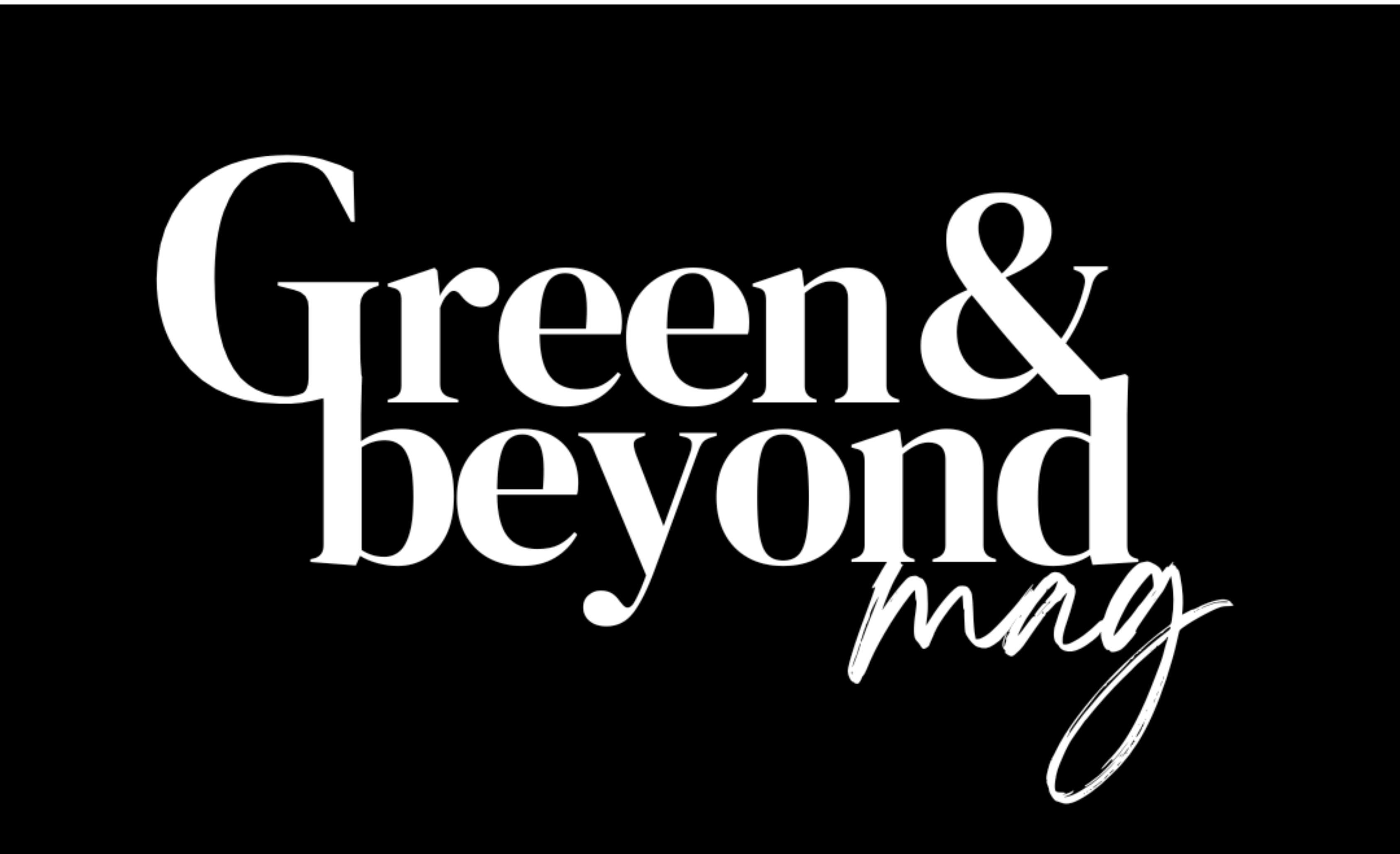
Building a Sustainable Business: Practical Steps to Make a Positive Impact
Sustainable business is not just a buzzword or a passing trend – it’s essential for our planet’s and society’s health and well-being. As future business owners, we have a responsibility to consider the impact of our operations on the environment, the people we work with and serve, and the communities we operate in. Not only is this the right thing to do, but it also makes good business sense. Sustainable businesses are more resilient, innovative, and attractive to customers and investors who prioritize social and environmental responsibility.
Related : A Free Piece Of Advice For Your Business : Rethink Sustainability
Now, I know that sustainability can seem like a daunting concept. It might even seem like something that’s impossible to achieve. But the truth is, every small step you take towards sustainability makes a difference. And as a business owner, you have the power to make a big impact.
The Four Pillars of a Sustainable Business
In this guide, we’re going to dive deep into the four main pillars of sustainable business: environmental, social, economic, and governance. We’ll explore what each of these pillars means, and we’ll give you practical examples of how you can embed them into your new business.
But we won’t stop there. We’ll also look at frameworks that you can use to guide your sustainability efforts, including the Sustainable Development Goals (SDGs) and the B Corp certification. These frameworks can help you set goals, measure your progress, and communicate your commitment to sustainability to customers, investors, and other stakeholders.
So lets dive in!
First up, is environmental sustainability.

This means taking care of our planet and doing our part to minimize our impact on the environment. Some ways to embed environmental sustainability into your new business include:
- Using renewable energy sources, such as solar or wind power
- Reducing waste by using compostable or recyclable materials
- Sourcing materials from sustainable suppliers
- Encouraging sustainable transportation options, such as biking or carpooling
- Supporting conservation efforts, such as protecting endangered species
Next, is social sustainability.

This means taking care of the people who work for and with your business, as well as the communities you operate in. Some ways to embed social sustainability into your new business include:
- Providing fair wages and benefits to employees
- Creating a diverse and inclusive workplace
- Partnering with local organizations to give back to the community
- Supporting human rights and labour standards
- Encouraging employee volunteerism and community engagement
Third, economic sustainability.

This means creating a business model that is financially sustainable in the long run. Some ways to embed economic sustainability into your new business include:
- Developing a business model that takes into account the full cost of production, including social and environmental costs
- Creating a fair and transparent supply chain
- Developing innovative products or services that meet the needs of customers and society
- Embracing the circular economy and finding ways to reuse and recycle materials
- Measuring and reporting on your business’s social and environmental impact
Finally, governance sustainability.

This means creating a framework for decision-making and accountability that is transparent, ethical, and responsible. Some ways to embed governance sustainability into your new business include:
- Developing a code of conduct and ethics that all employees and stakeholders must follow
- Creating a board of directors or advisory board that includes diverse perspectives and expertise
- Embracing transparency and accountability in all business practices
- Establishing clear policies and procedures for risk management, compliance, and reporting
- Incorporating feedback from stakeholders and customers into decision-making processes
Now, you might be wondering where to start when it comes to embedding these pillars into your new business. One helpful framework to follow is the Sustainable Development Goals (SDGs), adopted by the United Nations in 2015 as a universal call to action to end poverty, protect the planet, and ensure that all people enjoy peace and prosperity by 2030. Another helpful framework is the B Corp certification, awarded to businesses that meet rigorous social and environmental performance standards, accountability, and transparency. Becoming a B Corp can be a great way to signal your commitment to sustainability to customers, investors, and other stakeholders, however, the assessment alone is also a fantastic way to guide you to be a better business, even without pursuing certification.

You can also join live online courses, like the susMBA, which will equip you with the knowledge and skills needed to establish a successful and sustainable business.
In conclusion, becoming a sustainable business entrepreneur is not only good for the planet and society, but it’s also good for business. By embedding environmental, social, economic, and governance sustainability into your new business, you’ll be setting yourself up for long-term success and making a positive impact on the world.



